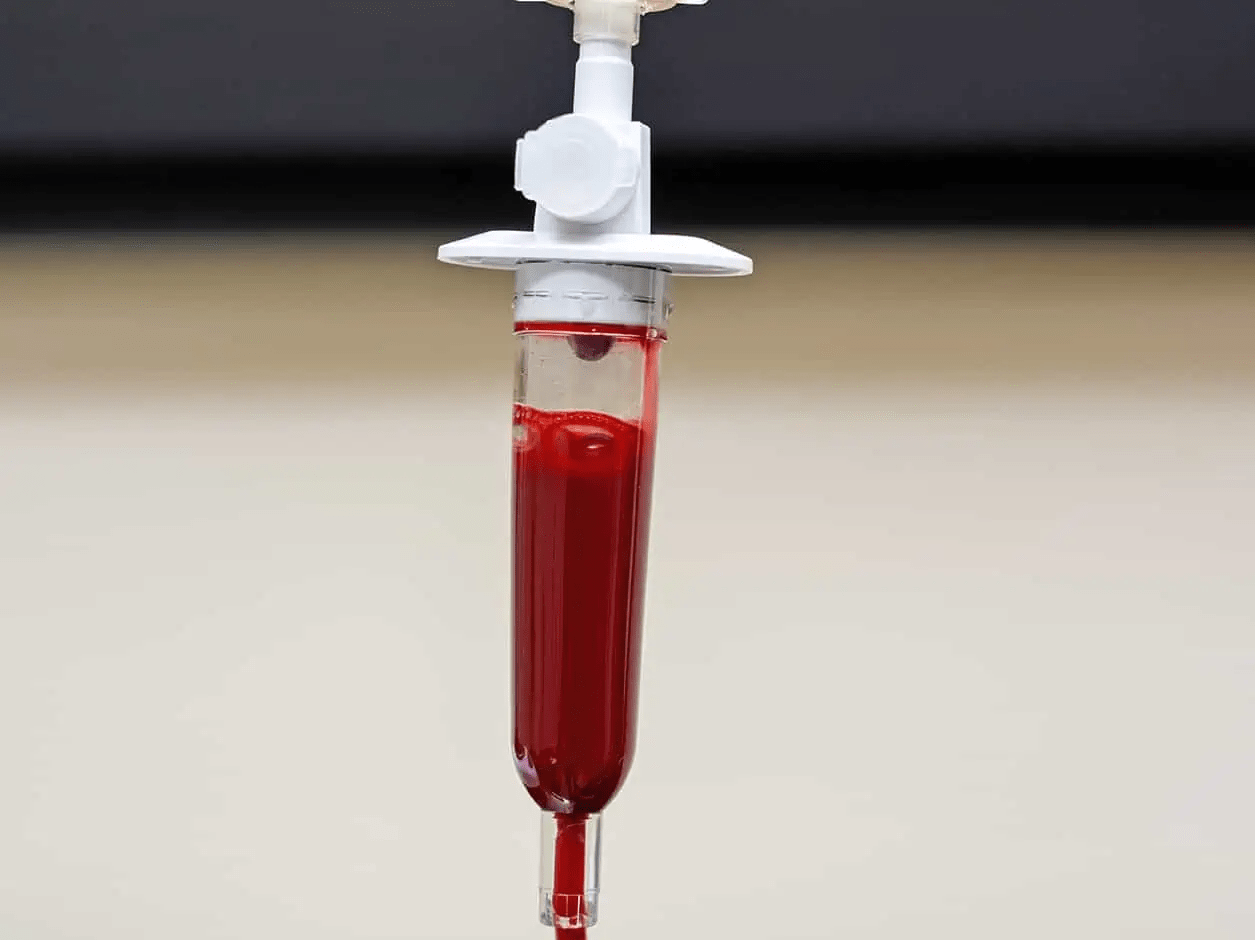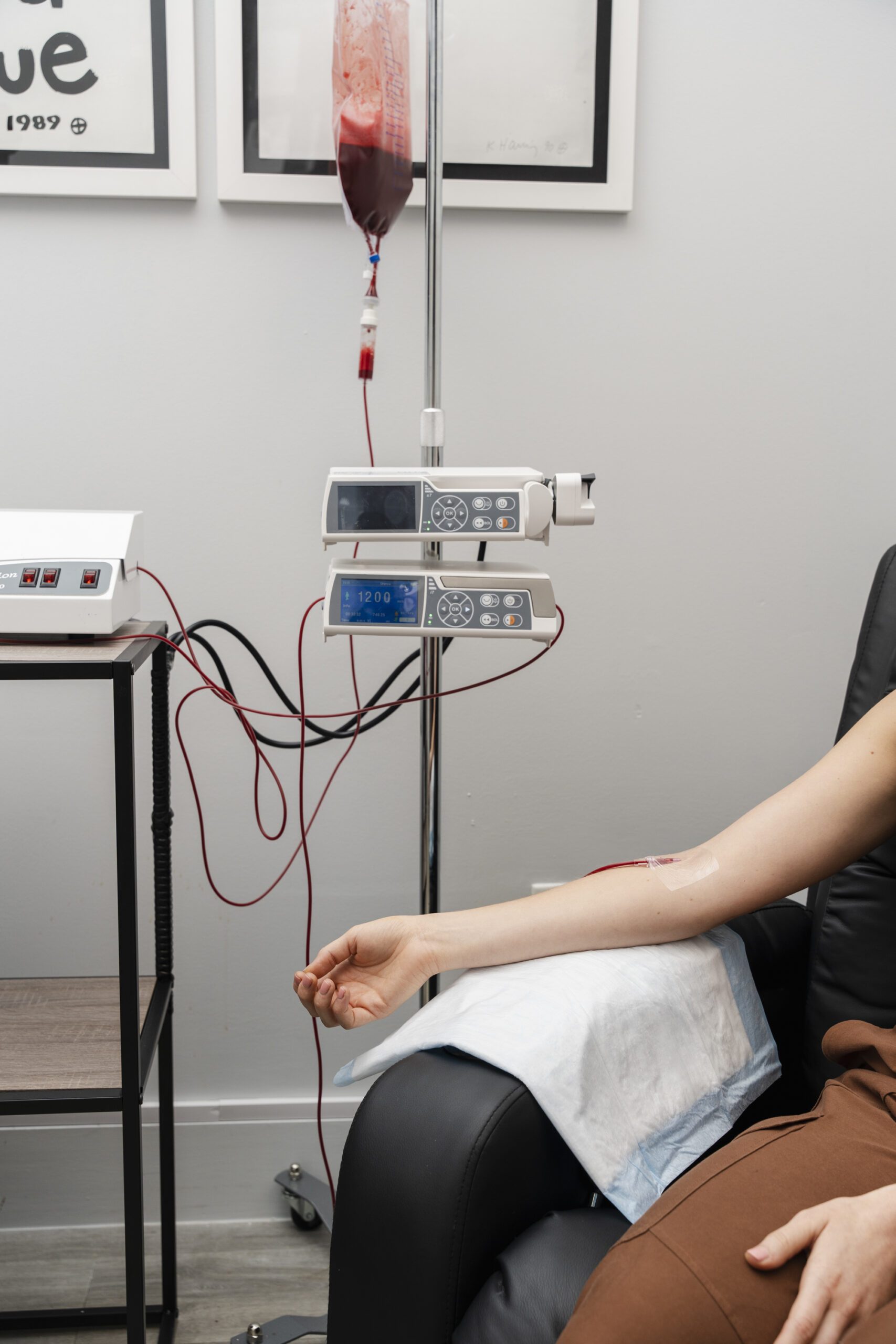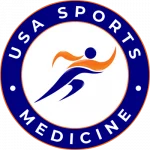Ozone, a natural gas formed in the atmosphere, acts as a vital UV filter and has medical uses. Unlike breathable O2, ozone (O3) consists of three oxygen molecules. Medicinal Ozone therapy employs a generator that mixes oxygen and ozone by passing oxygen through a discharge, creating an ozone-rich gas. Concentration and dosages vary for individualized treatment. Ozone triggers therapeutic chemical changes on contact, serving as an adjuvant treatment for various diseases, an anti-aging remedy, and a performance enhancer for athletes, promoting overall well-being.


"They are the BEST. They have treated many body parts of mine for the last 10 years. Would not go anywhere else. They have everything here from PT, cupping, E- Stem, chiropractor, Stem Cells, peptides, PRP, vitamin IVs, anything for keeping yourself healthy!"
-Sherry Ireland
"Outstanding therapists and support staff, in an immaculate office. Overall phenomenal experience, and great results."
-Matt H
"The best in the business, professional and nice. I always feel like I am being heard and that progress is being made to help my body feel better.
I would highly recommend!"
— Dani Dellarco
Ozone is a highly oxidative and reactive gas that is considered as a stressor pro-drug to your body (a). At therapeutic concentrations, Medical Ozone can can promote various physiological effects.

Ozone therapy and dosing is individualized to the patient. Depending on the condition treated, there are numerous routes and protocols to enable the patient back to their desired activity level. These options will be discussed at your consultation with Dr. Poovendran to establish the most effective treatment for you.
Lorem ipsum dolor sit amet, consectetur adipiscing elit. Ut elit tellus, luctus nec ullamcorper mattis, pulvinar dapibus leo.
Studies show improved pain relief, at least for the first 6 months when compared to cortisone injection – a safer alternative to a cortisone injection.
At USA Sports Medicine, we use Medical Ozone in several different modalities. Ozone can be injected directly into the tissue to facilitate healing and decrease pain.
We can combine it with Platelet Rich Plasma (PRP) Injections to augment its effects.
In other situations, it can be used in conjunction with a prolotherapy solution to decrease inflammation or facilitate healing (Prolozone).
Also, we perform major autohemotherapy, a powerful systemic treatment, where ozone is given intravenously (through an IV) after being mixed with the patient’s blood.

Start Your Healing Journey.
404 Washington Ave.
#120
Miami Beach, FL 33139
+1(305) 479-2973
info@usasportsmedicine.com